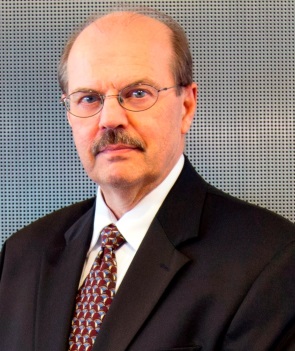Lehigh University
Office or Center Name Here
Peter A. Weismantle
Director of Supertall Building Technology, Adrian Smith + Gordon Gill Architecture, Chicago, IL
Architectural Technical Design of the New Generation of Supertall Buildings
click here to view video
Friday, April 21, 2017 – 4:30 pm
Location: Whitaker Lab 303, Lehigh University,5 E. Packer Avenue, Bethlehem, PA
Peter A. Weismantle, Director of Supertall Building Technology, Adrian Smith + Gordon Gill Architecture, Chicago, IL: Peter Weismantle is responsible for overseeing the technical development of the firm’s supertall projects from concept to completion. His current projects include Greenland Center, a 636 meter tall project in Wuhan, China; Dongcun Center, a 468 meter tall tower in Chengdu, China and the Jeddah Tower (formerly Kingdom Tower), a project in Jeddah, Saudi Arabia that, when completed, will be the first building in the world to be more than 1000 meters in height.
Before joining AS+GG in 2008, Peter was an Associate Partner in the Chicago office of Skidmore, Owings & Merrill LLP, where he began his career in 1977 and served as senior technical architect on several supertall towers, including Shanghai’s 88-story Jin Mao Tower and the 162-story Burj Khalifa which at 828 meters is currently the world’s tallest building.
He is the current Chairman of the Advisory Group of the Council of Tall Buildings and Urban Habitat (CTBUH), past-Chairman of the Chicago Committee on High Rise Buildings (CCHRB), President of the Board of Directors of the Safety Glazing Certification Council (SGCC), member of the High Rise Building Safety Advisory Committee of the National Fire Protection Association (NFPA), member of the Architectural Advisory Group for Underwriters Laboratories (UL) and has named a Fellow of the American Institute of Architects (AIA) and the Council on Tall Buildings and Urban Habitat (CTBUH).
Mr. Weismantle graduated from Lehigh University with a BA in Fine Arts and received his Masters of Architecture from the University of Pennsylvania.
Architectural Technical Design of the New Generation of Supertall Buildings.Immediately after the events of September 11, 2001; few would have predicted that we would still be building tall buildings, let alone, very tall buildings. However, in the 15 years that have followed, we have entered what can truly be called the “Era of the Supertall Building”. The reasons for this begins with an understanding of the unprecedented trends of globalization, urbanization and sustainability that are the recent factors driving this trend and returns to the factors of economics, ambition and ego that have traditionally driven humanity to reach for new heights.
Without any doubt, the initial challenge of all supertall buildings is in the hands of the structural engineer. However, the primary task of all design professionals remains the maintenance of the health, safety and welfare of the public. In the realization of these buildings, the architectural technical professional is responsible for keeping these issues in the forefront of his design and his coordination of the systems that allow tall structures to function and be occupied safely by the public.
Based on his experience on ground breaking structures such as the current world’s tallest building, Burj Khalifa and the next world’s tallest, Jeddah Tower; Mr. Weismantle will discusses approaches that the architectural design professional takes in investigating the special nature of these supertall structures and in developing the enhanced aspects of protection that they require. His responsibility includes the design and coordination of all the fundamental technical systems including the exterior building enclosure, façade access, vertical transportation, fire protection, smoke control and means of escape. He also must deal with special circumstances that arise due to building height such as stack effect, lateral movement due to wind or seismic events, increased exit time and special provisions for fire fighters. Finally, not only must he must take into account the historically normal emergency event scenarios of the building, but anticipate accidental or purposeful events that could put the occupants and physical structure in jeopardy.
